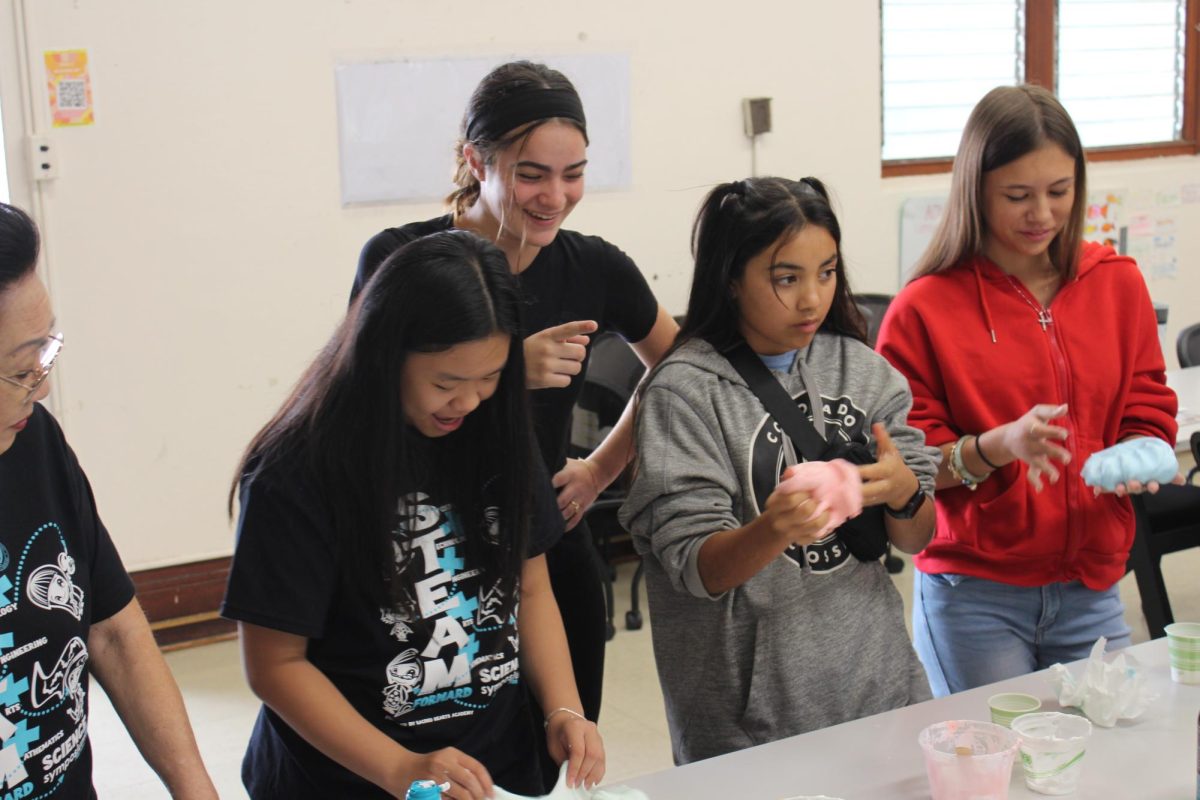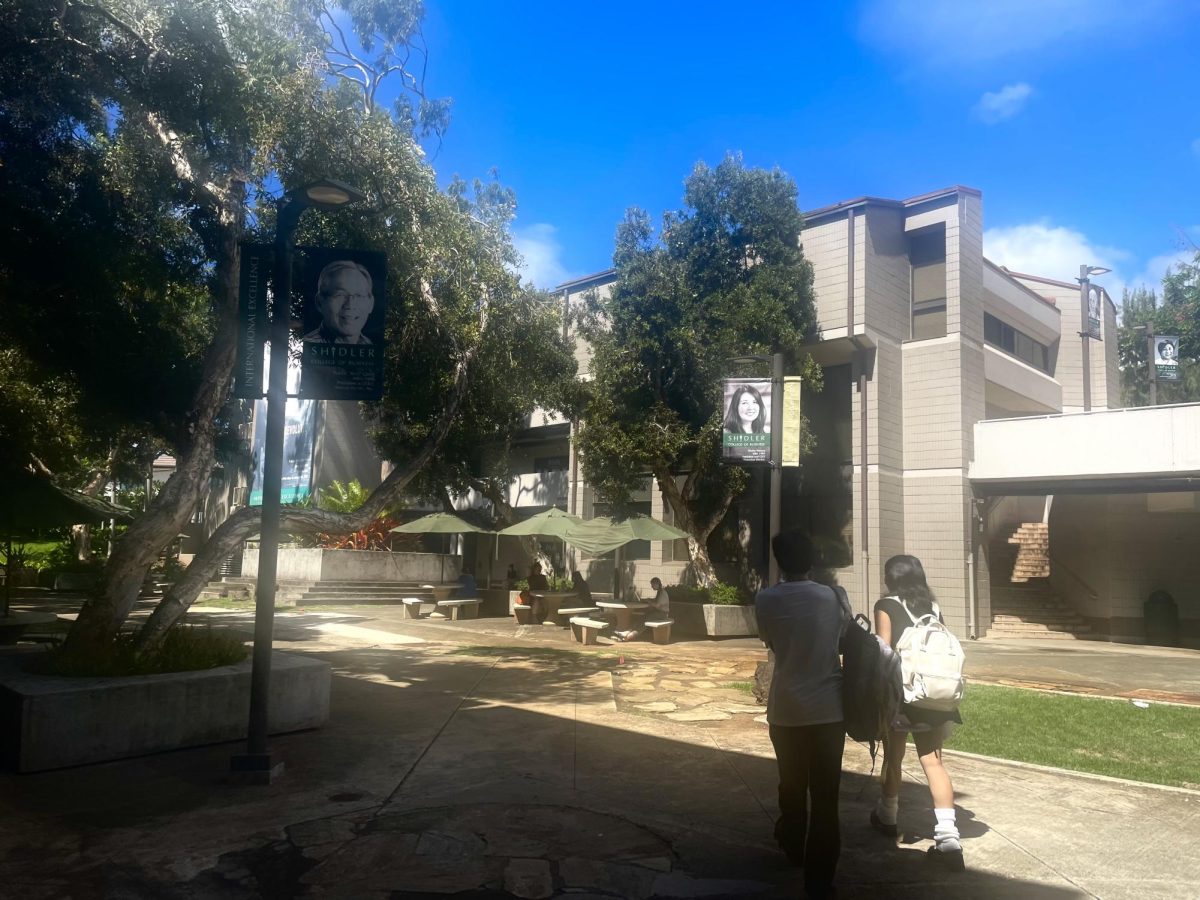Summer brings threat of skin cancer
With summer a few weeks away, students can almost taste the funnel cakes from the 50th State Fair, the salty beach air and the warmth of the sun on their skin. However, not all light from the sun brings happiness.
According to the Skin Cancer Foundation, ultraviolet rays from sunlight is a cause of skin cancer, “the uncontrolled growth of abnormal skin cells” that “occurs when DNA damage to skin cells triggers mutations, or genetic defects, that lead the skin cells to multiply rapidly and form malignant tumors.”
Skin cancer is the most common cancer which has three different types: basal cell carcinoma (BCC), squamous cell carcinoma (SCC) and melanoma, the deadliest form.
Skin cancer cases have increased every year, exceeding others types of cancers combined. According to the Skin Cancer Foundation, “one in five Americans will develop skin cancer in the course of a lifetime.”
Although symptoms vary according to the type of cancer, the first indication of non-melanoma cancer is an unusual skin bump or growth that does not disappear.
The Cancer Treatment Centers of America says that BCC victims may have a patch of pale skin or a “waxy translucent bump” on their heads or necks. It may be possible to see blood vessels or feel an indentation in the center of the bump. Basal cell carcinoma on the chest will take on the appearance of a brown or flesh-colored lesion. As time goes on, the cancer may become crusty and bleed and ooze if ruptured.
SCC develops as a lump usually found on one’s head, neck, arms and hands but it is also known to form in the genital area and within scars and sores. This type of cancer can also cause red, scaly patches that do not go away.
There is a way of checking for melanoma: the ABCD rule. A stands for asymmetry; a mole on the skin that has an irregular shape is one possible sign of this type of skin cancer. B is border, indicating that the exterior of the mole is rough or notched. C is color; moles are often brown or black in color, but a telltale sign of melanoma is the change of shade or “distribution of color.” Lastly, D stands for diameter; most moles that are larger than ¼ inch should raise alarms, but other melanomas can be smaller.
Other signs of possible melanoma include: sores that do not heal, itchiness or pain, changes in mole texture or swelling.
The Environmental Protection Agency (EPA) reports that “Hawaii has the highest rate of new melanoma diagnoses nationwide among whites” and melanoma is in the top three cancers with the highest death rate in the state.
According to the Centers for Disease Control and Prevention, risk factors for skin cancer include a lighter skin color, family or personal history of skin cancer, certain types and a large number of moles as well as exposure to the sun and indoor tanning.
Those who have these factors are more likely to be diagnosed with skin cancer.
UV exposure and tanning are common culprits. When UV rays reach the skin’s inner layer, it increases the skin’s production of melanin, the color pigment of the skin. Though this causes a nice tan, it is actually the body’s way of protecting damaged cells. People who always burn in the sun and are sensitive to UV exposure or burn easily are at the highest risk of developing skin cancer.
According to the EPA, ways to prevent skin cancer include applying sunscreen with an SPF of 30 or above every two hours, avoiding the sun between 10 a.m to 4 p.m, as UV rays are strongest during these times and to cover up using long-sleeved shirts, wide-brimmed hats and sunglasses with 99 to 100 percent UVA/UVB protection.


Kailanianna Ablog is a current senior at Sacred Hearts Academy and a third-year Journalism student. She is the president of Korean Club, the Outreach Head...





































